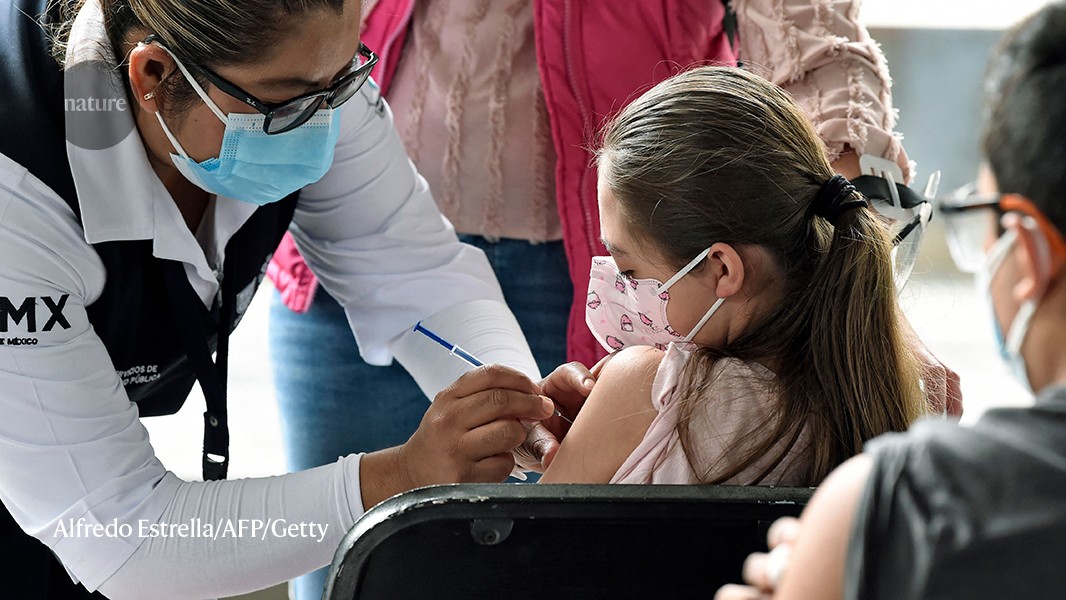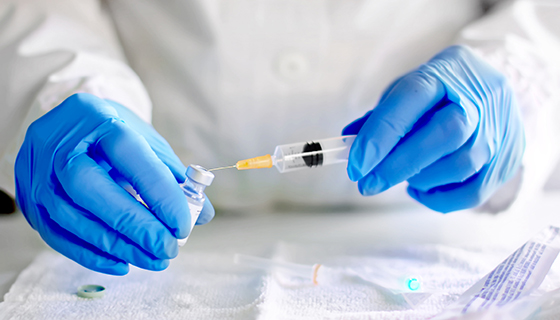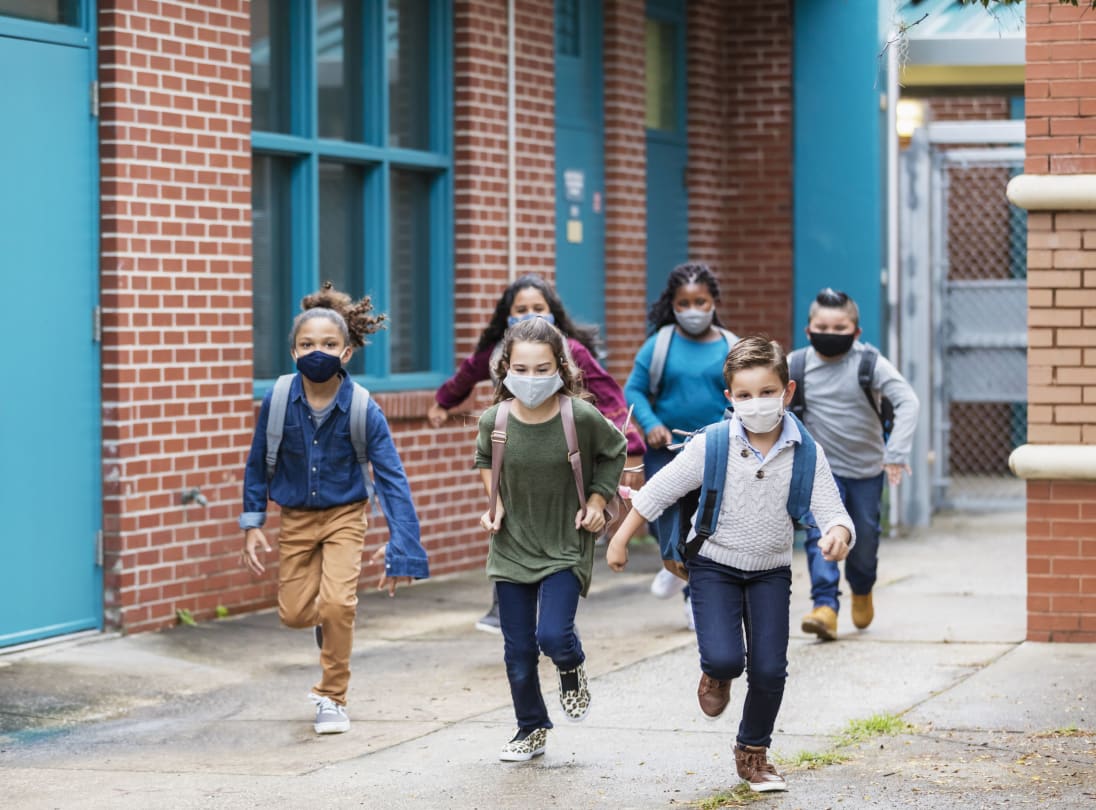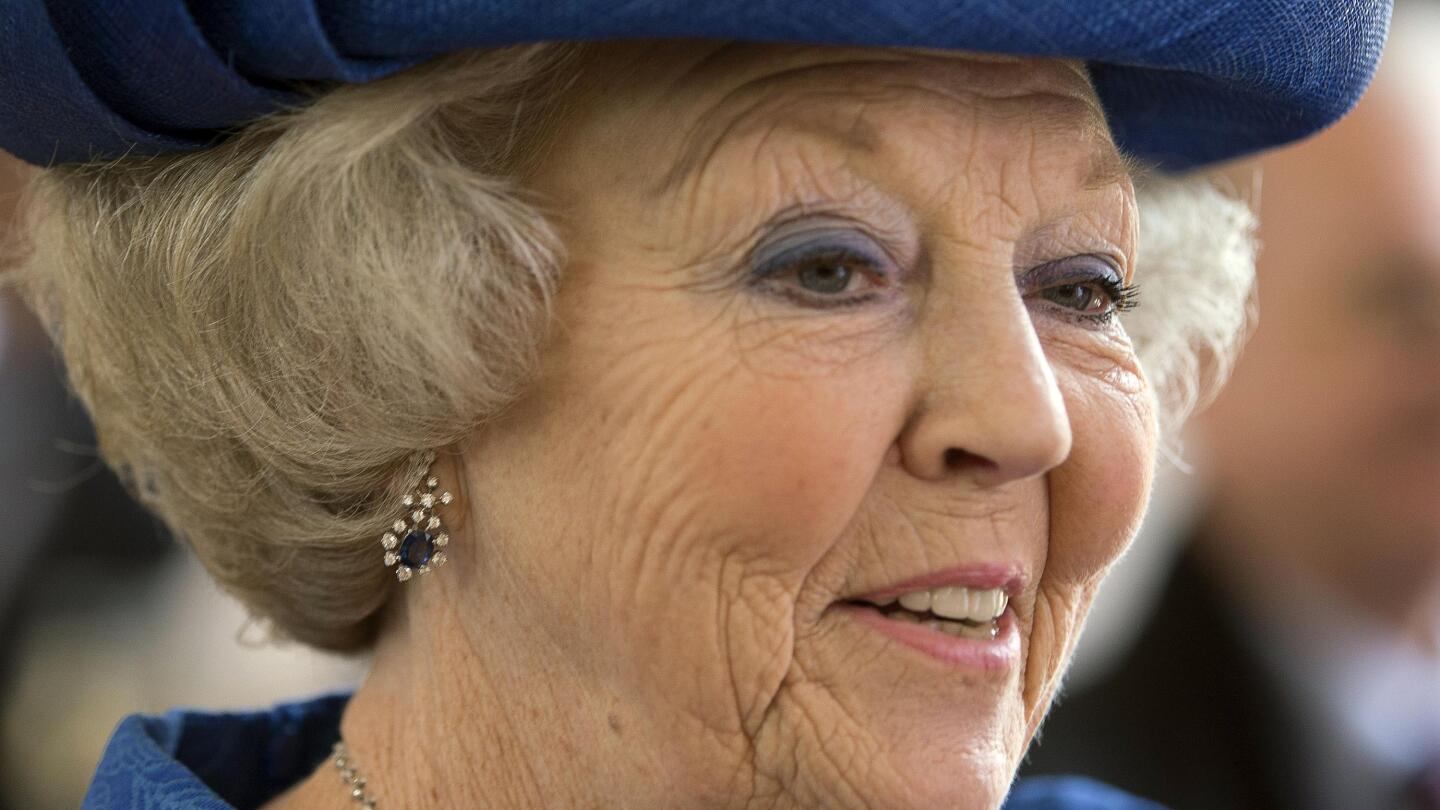- Joined
- Jun 8, 2008
- Messages
- 56,377
Happy December. New month new Coronavirus update thread.
Reports of mostly mild illness from Covid-19 infections caused by omicron need to be interpreted with caution because they may not reflect the new variant’s severity across a broad range of people. While such anecdotes are encouraging, they may represent only a subset of cases and a fraction of the risk that could emerge if it spreads widely across the globe. As the world awaits more data on the variant and whether it will supplant delta as the dominant strain of the coronavirus, the manufacturers of three vaccines (which are already looking to make boosters for the new variant) have different opinions on what the future holds. Still, more precautions are being contemplated, including tightened travel restrictions for the U.S. Here’s the latest on the pandemic. —David E. Rovella
Bloomberg is tracking the coronavirus pandemic and the progress of global vaccination efforts.
China’s Covid-zero policy may be vindicated as omicron spreads.
Singapore’s long awaited re-opening gets a gut punch from omicron.
Reports of mostly mild illness from Covid-19 infections caused by omicron need to be interpreted with caution because they may not reflect the new variant’s severity across a broad range of people. While such anecdotes are encouraging, they may represent only a subset of cases and a fraction of the risk that could emerge if it spreads widely across the globe. As the world awaits more data on the variant and whether it will supplant delta as the dominant strain of the coronavirus, the manufacturers of three vaccines (which are already looking to make boosters for the new variant) have different opinions on what the future holds. Still, more precautions are being contemplated, including tightened travel restrictions for the U.S. Here’s the latest on the pandemic. —David E. Rovella
Bloomberg is tracking the coronavirus pandemic and the progress of global vaccination efforts.
China’s Covid-zero policy may be vindicated as omicron spreads.
Singapore’s long awaited re-opening gets a gut punch from omicron.















300x240.png)